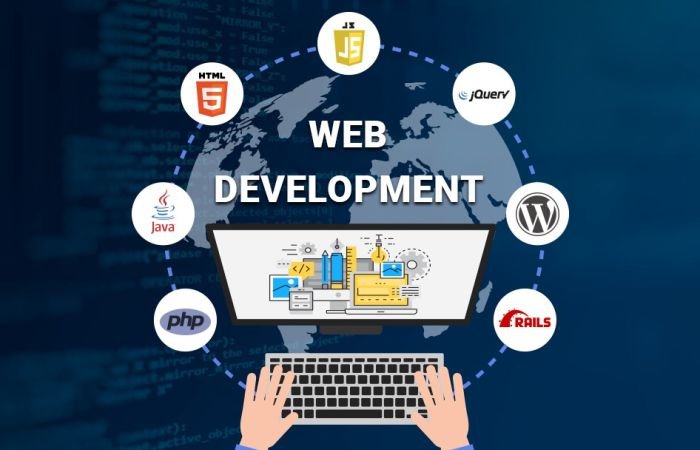Introduction to Web Development

In the digital age, web development has become an integral part of creating an online presence. It involves the process of building and maintaining websites and web applications.
What is web development?

Web development encompasses a range of tasks, from creating simple static web pages to complex dynamic web applications. It involves various disciplines such as web design, programming, and server administration.
Importance of web development

In today’s digital world, having a well-designed and functional website is essential for businesses and individuals alike. A professionally developed website not only enhances credibility but also improves user experience and drives engagement.
Types of Web Development

There are three main types of web development:
Frontend development
Frontend development focuses on the user-facing aspects of a website or web application. It involves designing and implementing the layout, navigation, and interactive elements using languages like HTML, CSS, and JavaScript.
Backend development
Backend development involves building the server-side components of a website or web application. It includes writing code that communicates with the database, handles user authentication, and manages server resources using languages like PHP, Python, or Ruby on Rails.
Full-stack development
Full-stack development combines frontend and backend development skills. A full-stack developer is proficient in both client-side and server-side technologies, allowing them to handle all aspects of web development.
Technologies Used in Web Development

Several technologies are commonly used in web development:
- HTML (Hypertext Markup Language) is used for creating the structure of web pages.
- CSS (Cascading Style Sheets) is used for styling the appearance of web pages.
- JavaScript is used for adding interactivity and dynamic functionality to web pages.
- PHP, Python, Ruby on Rails, and ASP.NET are popular server-side programming languages.
Web Development Frameworks

Frameworks provide developers with pre-written code and libraries to streamline the development process. Some popular web development frameworks include:
- Bootstrap
- React
- Angular
- Vue.js
- Django
- Flask
Web Development Process

The web development process typically consists of several stages:
Planning and research
This stage involves defining project requirements, conducting market research, and creating a project plan.
Design
In this stage, designers create wireframes and mockups of the website or web application’s user interface.
Development
Developers write code based on the design specifications, integrating frontend and backend components as needed.
Testing and debugging
Testing ensures that the website or web application functions correctly and is free of bugs or errors.
Deployment
Once testing is complete, the website or web application is deployed to a live server for public access.
Responsive Web Design

Responsive web design is an approach that ensures websites and web applications adapt to various screen sizes and devices.
Importance of responsive design
With the increasing use of smartphones and tablets, responsive design is crucial for providing a seamless user experience across different devices.
Techniques for responsive web design
Techniques such as flexible grids, media queries, and fluid layouts are used to create responsive designs that adjust to different screen sizes.
SEO and Web Development

Search Engine Optimization (SEO) plays a significant role in the success of a website or web application.
Importance of SEO in web development
An SEO-friendly website is more likely to rank higher in search engine results, driving organic traffic and increasing visibility.
Best practices for SEO-friendly web development
Practices such as optimizing page load times, using descriptive URLs, and creating high-quality content can improve a website’s search engine ranking.
Conclusion
Web development is a dynamic and ever-changing field that plays a crucial role in shaping the digital landscape. By staying abreast of the latest technologies and trends, developers can create innovative and user-friendly websites and web applications that meet the needs of today




